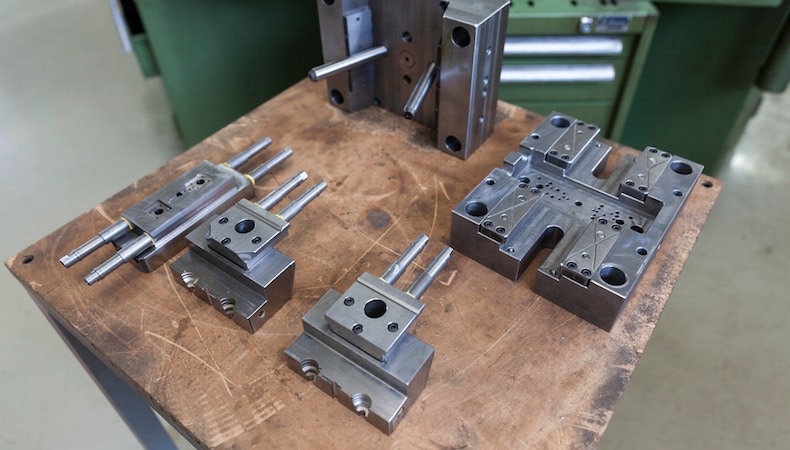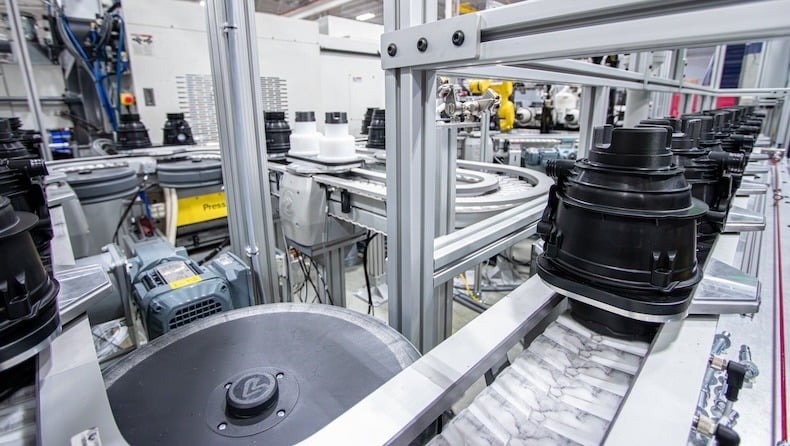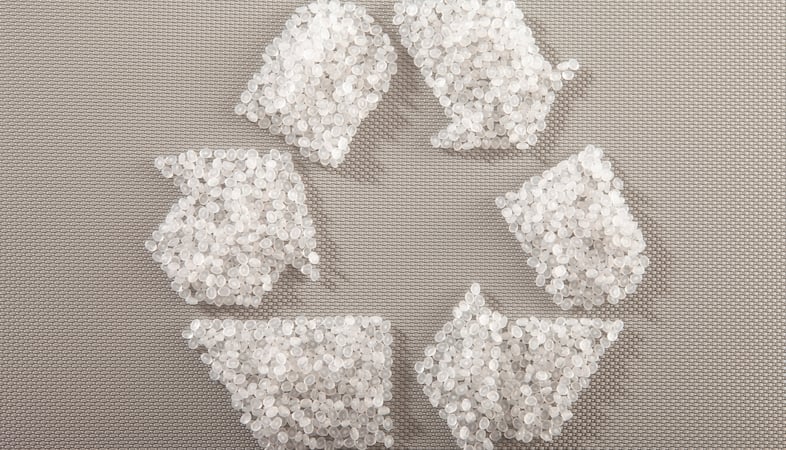Injection molding process

Injection molds are a necessary and typically expensive part of any critical use plastic component project. Oftentimes, protecting this considerable tooling investment is overlooked until the mold breaks down or experiences another serious problem that bottoms out the bottom line. With good reason—emergency repair expenses on top of the time, productivity and product lost can be staggering.
This worst case scenario plays out worldwide, suggesting that catastrophic plastic injection mold breakdown cannot be avoided. However, if more emphasis is placed on preventative maintenance, there is far less likelihood of it happening suddenly, leaving you in a production lurch.
Beyond minimizing the occurrence and impact of costly repairs, preventative maintenance:
To achieve these goals there must be a commitment to regular processes, like those in a preventative maintenance schedule.
Developing and implementing a preventative maintenance schedule is not a one-size-fits-all proposition. Regular on-site cleanings and inspections provide some insights, but for a schedule to be effective manufacturers must be aware of other factors like:
Keeping track of these details can be time-consuming, but when weighed against the business impact of a mold breakdown, preventative maintenance is a worthy investment.
The first step manufacturers can take toward successful preventative maintenance is partnering with suppliers like Kaysun that not only understand the importance of being proactive when it comes to mold longevity and performance, but also offer trusted guidance based on expertise and practical experience, and have the in-house tooling technicians to properly maintain your tools.
Learn more in our whitepaper, Mold Design & Tooling for Injection Molding. Click the button below to download your free copy now.


Industry 4.0 has made manufacturing more dynamic than ever before. Merging IoT, AI…
READ MORE

Injection-molded parts and products are staples for OEMs in industries ranging fro…
READ MORE

Injection molding is a versatile and precise process, making it ideal for OEMs tha…
READ MORE